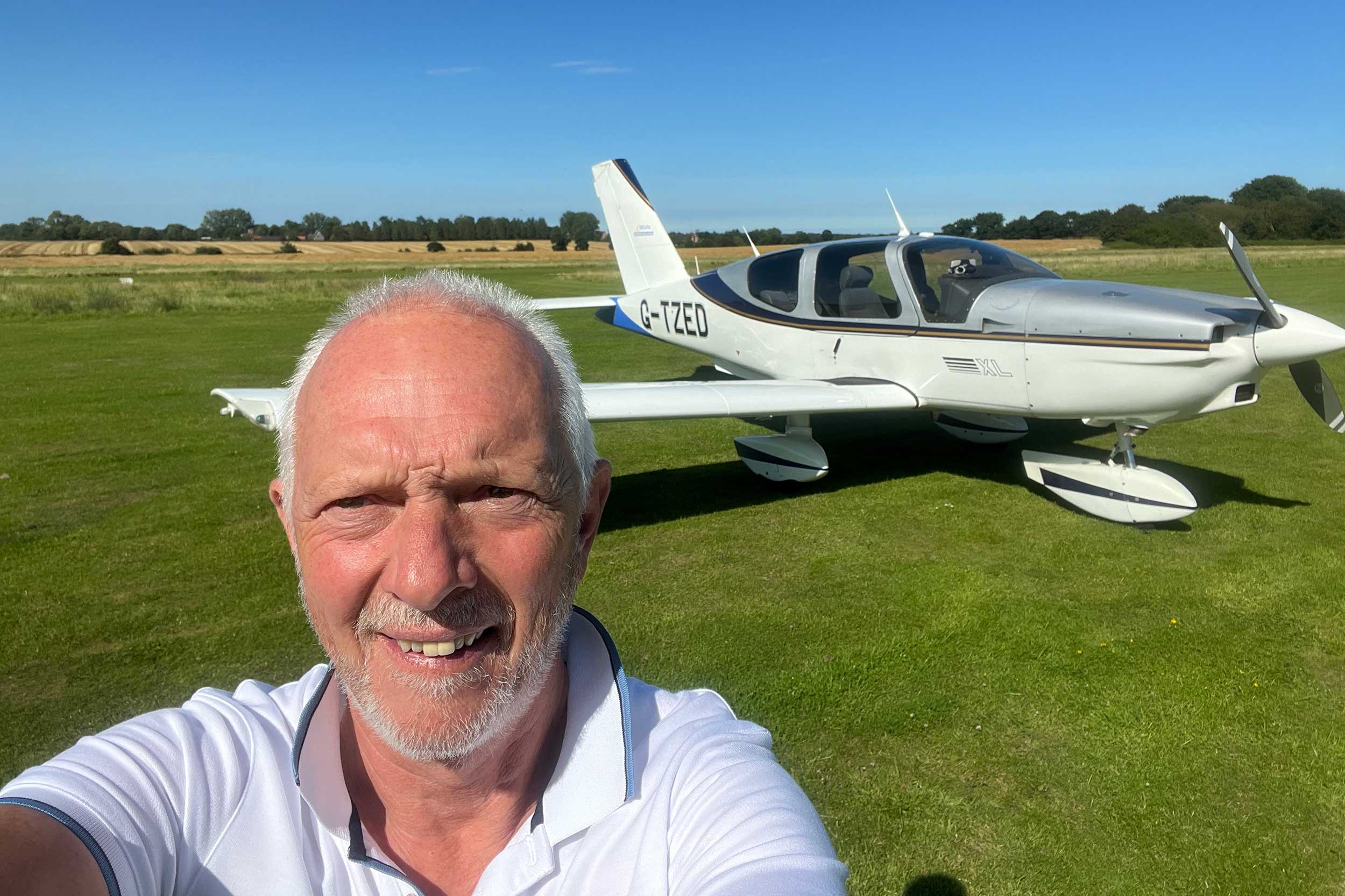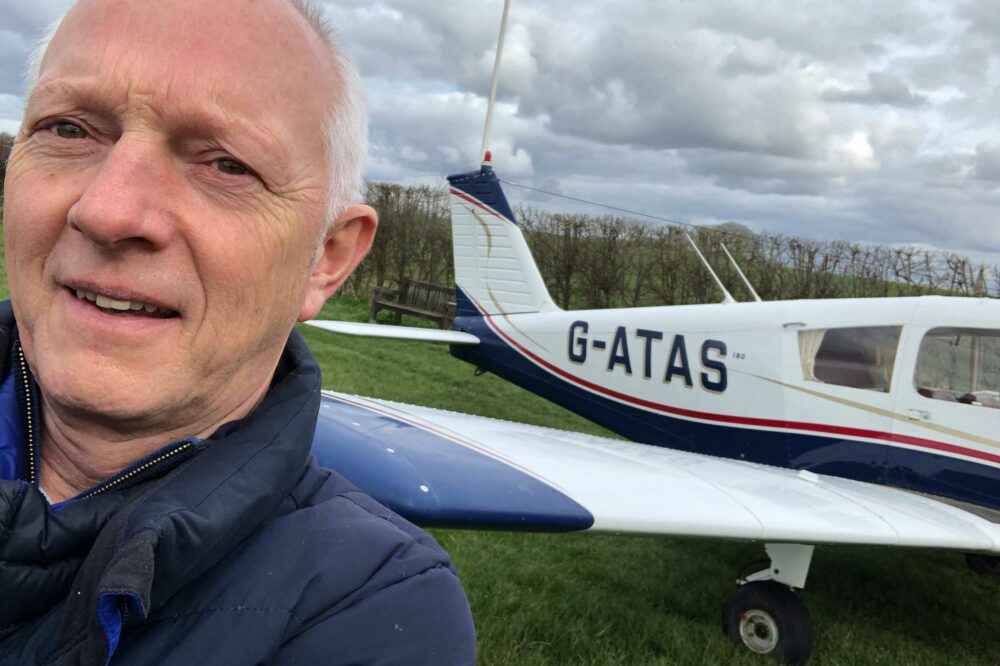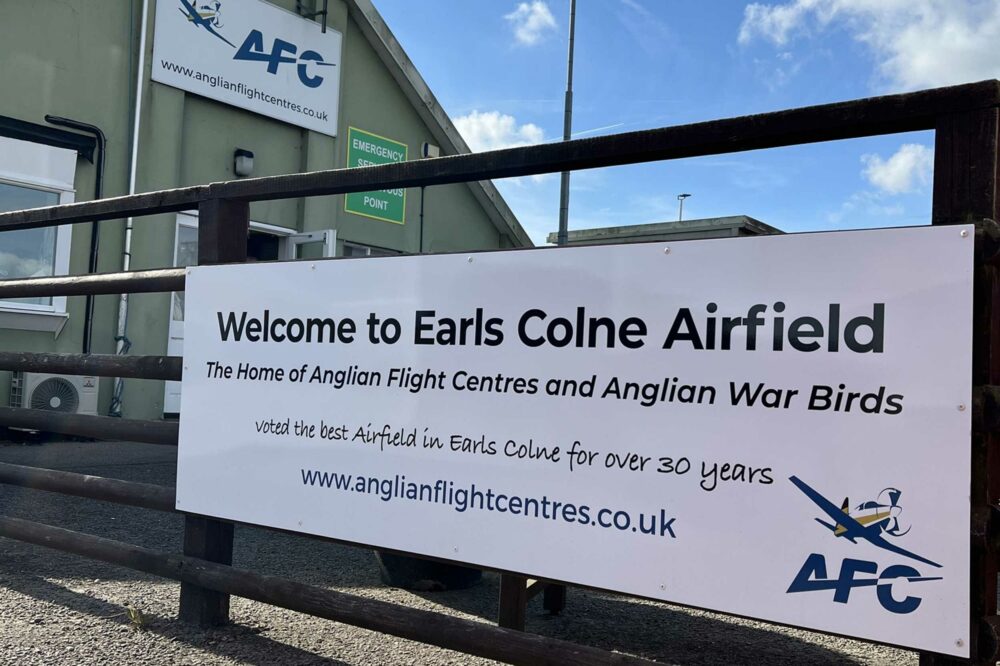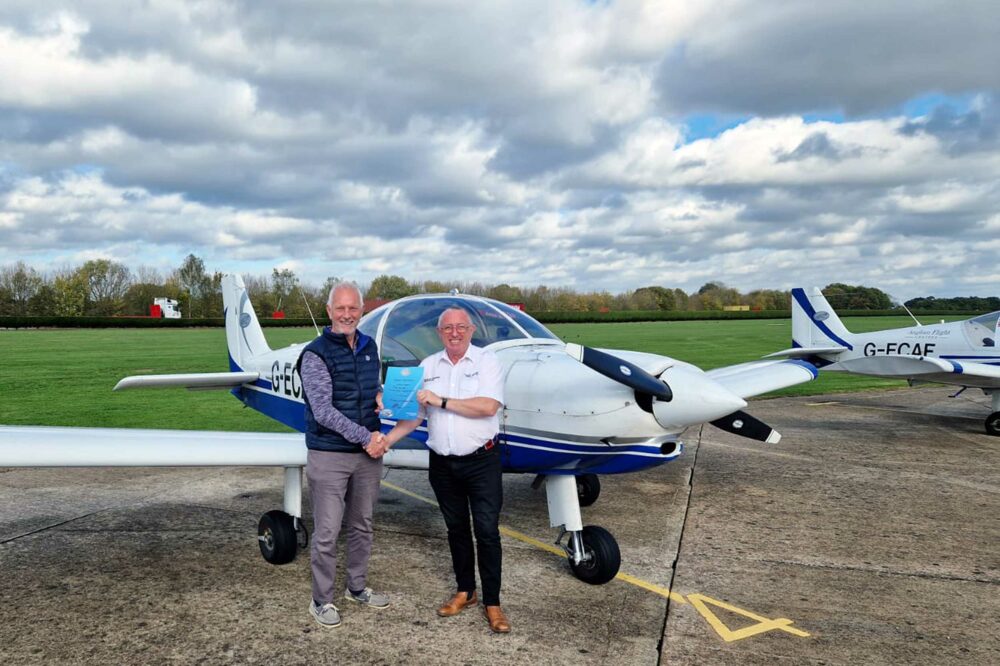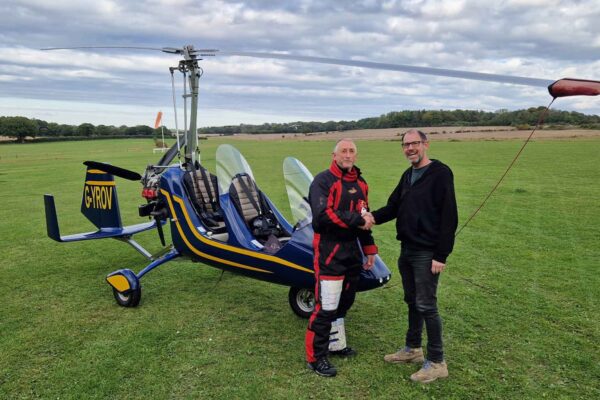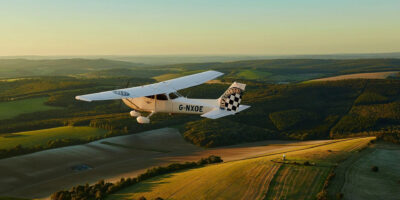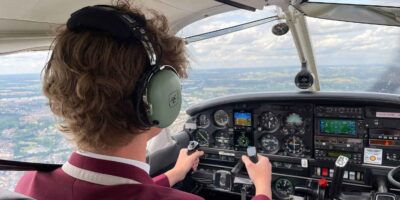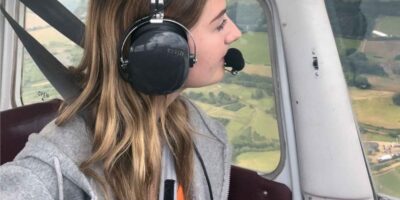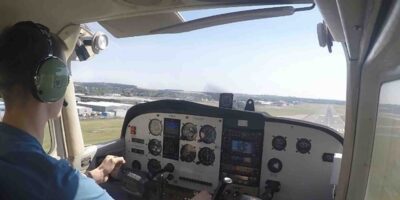I was sitting in my office near Stansted Airport watching the aeroplanes take off. At the time I was in the process of stepping down and handing over my company to a new CEO, so decided I needed a project. Flying had been a long-term dream so with time on my hands and resources not being an issue, I made the decision to have a go at getting my private pilot’s licence.
This is the story of how I got there just before my 68th birthday and perhaps some lessons learned and experiences that might interest others.
The raw statistics are that it took:
- 182.5 hours of flying
- 15 instructors
- Three different aircraft types
- Two training establishments
- Two covid lockdowns
- 413 landings
- 16 solo flights
- 13 different airfields
- One scrapped aeroplane
All while renovating a house in Barbados. As you will see, I did take a slightly ‘complex route’ to gaining my PPL!
First flight at Andrewsfield
My first flight was in a Cessna 152 at Andrewsfield Aviation in June 2019, and things were going well until March 2020 when the first lockdown happened.
At this point I had bought into a share of a Piper PA-28 and was being instructed in it. I had also passed all the ground theory exams.
Andrewsfield being a relatively small training establishment, it was not possible to get in all the training time that I wanted. The grass strip would at times be quite interesting to land on, circuits would be restricted or the runway closed. Also I could not easily get the consistency of one instructor. Then the second lockdown loomed and flying was again cancelled.
Meanwhile, the four owners of our PA-28 decided to update the aircraft’s avionics and opted to get rid of the old vacuum driven kit and replace it with two Garmin G5s and a new GPS. We also decided that we would like the benefits of a tarmac runway so opted for Earls Colne Airfield and the PA-28 was moved there in readiness.


